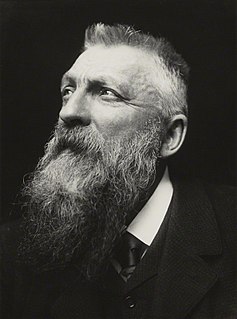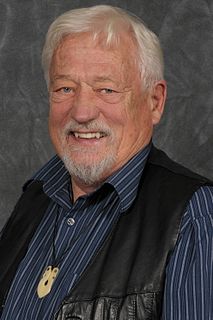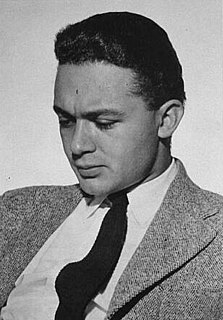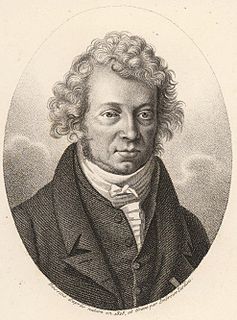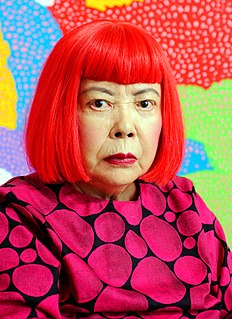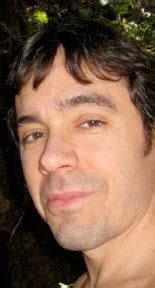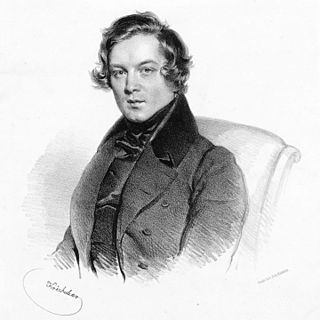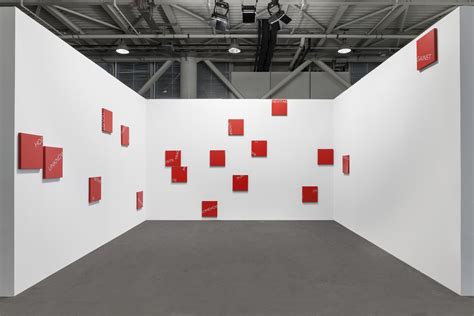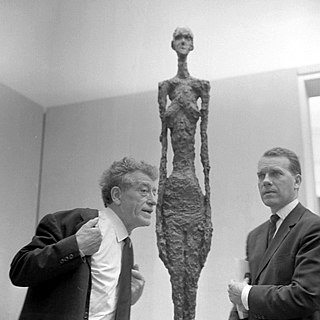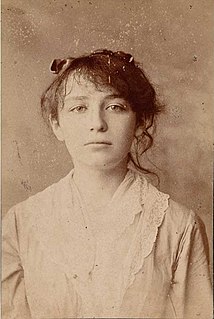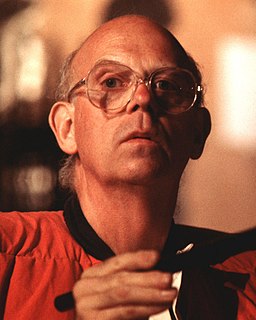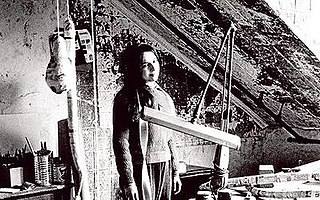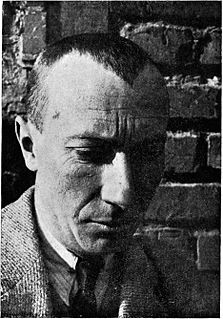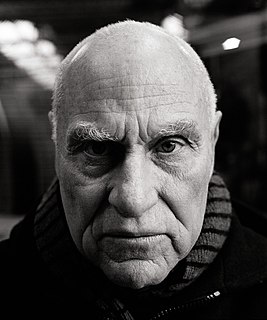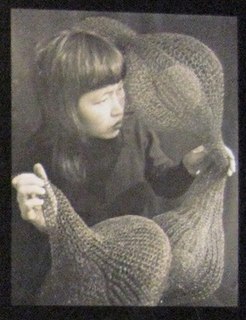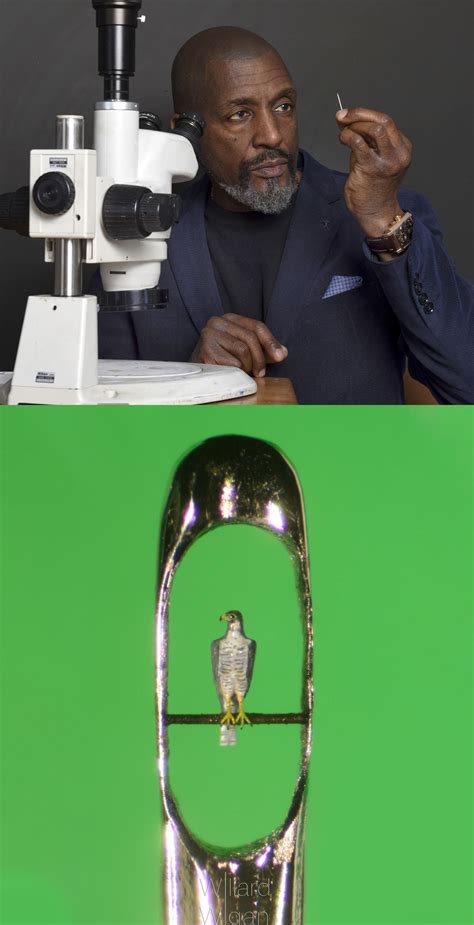A Quote by Auguste Rodin
The only principle in art is to copy what you see. Dealers in aesthetics to the contrary, every other method is fatal.
Related Quotes
I never went into aesthetics. Aesthetics is what philosophers have to say about art, and a lot of them take an analytics position and raise the question, "What is an art object?" As soon as you fall into that trap, an artist is going to come along and say, "That isn't art - it's something else." That's a hopeless gig.
Two aesthetics exist: the passive aesthetic of mirrors and the active aesthetic of prisms. Guided by the former, art turns into a copy of the environment's objectivity or the individual's psychic history. Guided by the latter, art is redeemed, makes the world into its instrument, and forges, beyond spatial and temporal prisons, a personal vision.
Either one or the other [analysis or synthesis] may be direct or indirect. The direct procedure is when the point of departure is known-direct synthesis in the elements of geometry. By combining at random simple truths with each other, more complicated ones are deduced from them. This is the method of discovery, the special method of inventions, contrary to popular opinion.
In The Art and Aesthetics of Boxing, David Scott addresses the daunting task of establishing a groundwork for the aesthetics of boxing-and succeeds with consummate authority. . . . In Scott's incisive blend of art history, sociology, and sports writing, he makes a daring and original statement about fighters and the artists who enshrined them.
If your entire conception of what's possible in fantasy only comes from other fantasy books, you're going to go on to create a copy of a copy of a copy. There's nothing original there, nothing dynamic. Which is fine if that's your goal, but I've always wanted to do something no one else was doing before.
The method of differences is, in fact, a method of additions; and as it includes within its means a larger number of results attainable by addition simply, than any other mathematical principle, it was very appropriately selected as the basis on which to construct an Adding Machine, so as to give to the powers of such a machine the widest possible range.
